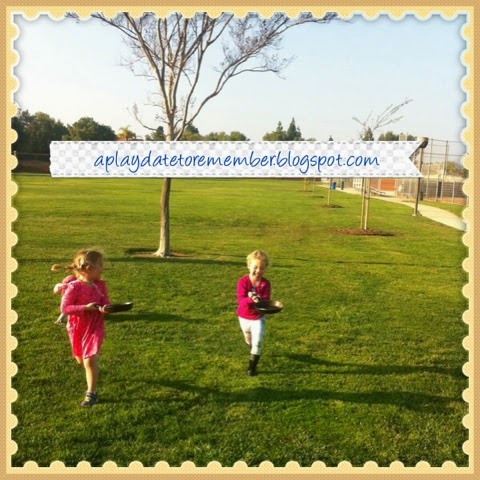Who can play?
Children 2 years and above. All activities depend on your child's age and stage of development.
Safety:
Supervision is needed at all times when children are using scissors. For younger children I would recommend that you cut out the head and tail of the dragon and they can color them in.
What do you need?
- Card (we chose to use yellow and red card)
- Scissors
- Felt tip pens
- Tape
- Lollipop sticks (I used wooden drink stirrers from our local coffee shop)
- Gift ribbon
- Sweet wrappers/colored cellophane paper
What did we do?
- The first thing we did was look at Chinese New Year celebrations online. We watched how the people who were dressed up as a dragon moved, danced and discussed what the Dragon looked like.
- We then went on to draw the dragons head and tail on a piece of yellow card.
- Using the scissors we cut out the head, tail and a forked tongue.
- Taking a piece of red paper, we cut it length ways in half and then made folds one way and then the other, making a concertina effect.
- We then attached the Dragons head on one end of the strip of red card and the tail to the other.
- Taking the forked tongue, we taped it to the Dragons mouth and placed a piece of orange colored cellophane paper behind it (to represent fire)
- To help the Dragon dance, we placed a lollipop stick at the bottom of the head and the tail. We were able to hold the lollipop sticks to make him move.
- For extra decoration we placed gift ribbon on the body of the Dragon.
- All that was left to do was make our Dragons dance. We chose to play some Chinese music from YouTube and made our dragons dance high and low whilst moving around the house. Bee thought this was great fun and great exercise.
Possible learning outcomes:
Art and Design- Designing your own Dragon. Making up dance moves to the Chinese music.
Mathematical- Using mathematical terms such as high, low, forwards and backwards when dancing with the Dragons.
Personal, Social and Emotional- Fun and enjoyment. Pride from finished product.
Knowledge of the World- Learning about different festivals, cultures and countries in the world.
Physical- Fine manipulative skills when folding the card to make the Dragons body. Developing scissor skills. Large manipulative skills when dancing with the dragons (upper body and leg muscles) Hand eye coordination.
Communication and Language- Listening to and following instructions. This activity will also promote an awareness of different languages that are used around the world.
Mathematical- Using mathematical terms such as high, low, forwards and backwards when dancing with the Dragons.
Personal, Social and Emotional- Fun and enjoyment. Pride from finished product.
Knowledge of the World- Learning about different festivals, cultures and countries in the world.
Physical- Fine manipulative skills when folding the card to make the Dragons body. Developing scissor skills. Large manipulative skills when dancing with the dragons (upper body and leg muscles) Hand eye coordination.
Communication and Language- Listening to and following instructions. This activity will also promote an awareness of different languages that are used around the world.
Follow up activities:
- Visit the library and check out some Dragon themed fact and fiction books. My daughter Bee loves 'My Pet Dragon' by ??????
- Go to a local pet shop to look at the lizards... you may get lucky and see a bearded or kimono dragon.
























